Whenever anyone thinks of early 20th-century post-Impressionist artists, everybody always thinks of Picasso. It’s always Picasso, Picasso, Picasso! It begs the question, why? How is it that the average layman who doesn’t know anything about art history is familiar with the work of Picasso, but not with many (or often any) of his contemporaries? Of all the artists active from about 1900 to 1950, why is Picasso so incredibly and ubiquitously well known, while other post-Impressionist artists like, Henri Matisse, are relatively unknown?
There are some possibilities. The first explanation has to do with how long each artists’ respective art style stayed popular. As for Picasso, the Cubist style for which he was known survived well into the 20s and 30s, and had a far-reaching influence on various other forms of art, particularly sculpture and even architecture, that was felt well into the 50s and 60s. In comparison, Matisse’s style of art, which came to be known as Fauvism, was basically a flash in the pan, as it only had widespread popularity for less than a decade and had been almost entirely eclipsed by other post-Impressionist styles (such as Expressionism and Surrealism) before Cubism had even started to become popular.
“An artist must never be a prisoner. Prisoner? An artist should never be a prisoner of himself, prisoner of style, prisoner of reputation, prisoner of success, etc.”
— Henri Matisse
In order to understand post-Impressionism, you may need some background about what Impressionism is: which is a style of art that began to be developed around the late 19th century that was characterized by small but visible brush strokes with a less rigorous devotion to depicting people and things in a realistic way as possible, which at the time was considered amateurish at best and hideous at worst by art critics and common people alike. A great example of this would be Manet’s The Luncheon on the Grass, which at the time was emphatically rejected from the Paris Salon along with many other Impressionist works for being too radical. Naturally, post-Impressionism is the style of art that became popular after Impressionism began to decline.
One of the earliest post-Impressionist styles, Fauvism has a similarity to Impressionism in that the brush strokes are visible (although these brush strokes are much larger and rougher). However, unlike Impressionism’s tendency to use relatively natural colors, in Fauvism the artist may use whichever colors seem right. Yellow and red water? Sure, why not? Green skin and purple trees — who’s going to stop you? This is where we finally get to Matisse and his Woman with a Hat which serves in most situations as the quintessential example of Fauvism. Not unlike Impressionism, this style was very heavily criticized. In fact, the name Fauvism is derived from an insult from French art critic Louis Vauxcelles who when seeing Matisse’s work displayed in the same room as Renaissance sculptures commented, “Donatello chez les fauves,” which means, “Donatello among the wild beasts”. It should be noted that by the standards of the time, Matisse probably would’ve been seen as rather beastly considering his many, many nude paintings, a notable example of which would be the Blue Nude which was so radical and controversial it was burned in effigy.
“You study, you learn, but you guard the original naivete. It has to be within you, as desire for drink is within the drunkard or love is within the lover.”
— Henri Matisse
This leads to the second possible explanation of why Matisse is relatively unknown compared to other artists of the early 20th century, which is the level of controversy and how fast people can learn to accept it. While it’s definitely true that Fauvism was radical for its time- people got used to it incredibly quickly. In contrast, Cubism, and in particular the Cubist work of Picasso, took almost twice as long to pick up steam in the early 20th-century art scene. (Although this is nothing compared to Van Gogh, who despite being popular today was never famous in his lifetime and sold only one painting in his entire career).
“Creativity takes courage.”
— Henri Matisse
The third explanation is that as a matter of simple fact Matisse was born before Picasso, and naturally, his career began roughly a decade before Picasso’s, and therefore Picasso’s work is much more likely to be in the popular consciousness as the further back in time things go the more they become only known in the realm of academia.
The fourth possible factor is that Picasso continued to produce Cubist work well into the mid-30s, roughly 20 years after he had first started dabbling with Cubism. Compare that with Matisse’s work in Fauvism which had ended in about half the time, as by the mid-1910s his work significantly changed. For example, remember the Woman with a Hat? This is the kind of thing Matisse was painting only 9 years later. Does it even look like it was created by the same person? While Matisse almost totally abandoned Fauvism before he was even halfway through his career, Picasso never left Cubism behind (although he did have a Neoclassical and Surrealist phase in the 1920s).
So why is Matisse a less ubiquitously known 20th-century post-Impressionist artist? Why does everyone forget Matisse? In short, the style with which he was most associated lost the attention of the art scene due to being eclipsed by the more radical art movements that quickly followed it. Additionally, because the artwork in the style of Fauvism stopped being produced much earlier than Cubist artwork, Fauvism has faded back into the misty past and to many people probably doesn’t appear that different from a slightly less uptight form of Impressionism. In contrast, Cubist artwork is immediately recognizable as a unique style by virtually everyone, even those who don’t have any background knowledge of art history.
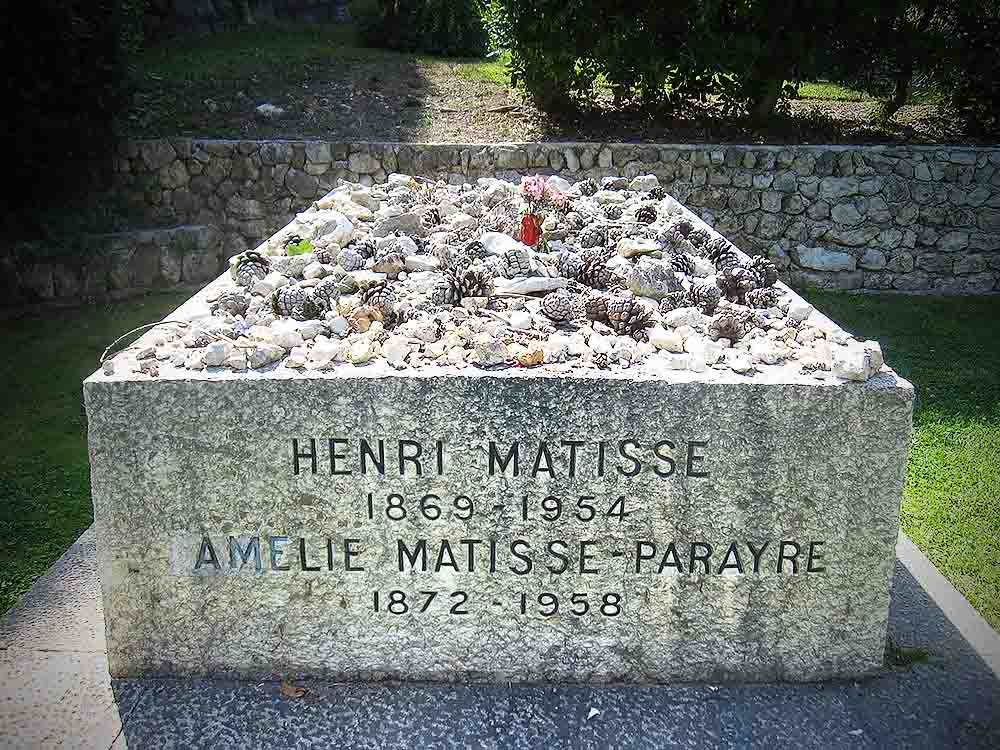
“There are always flowers for those who want to see them.”
— Henri Matisse
It’s a shame that Matisse isn’t more well known because he was one of the most influential contributors to early 20th-century art. In my humble opinion of course. — What are your thoughts? Was Henri overrated? Was his style not that good? Was Picasso just that great? Let me know in the comments below.
Looking to explore more art genres? Head over to JoeLatimer.com for a multidisciplinary, visually stunning experience. ☮️❤️🎨
Enjoy this blog? Please help spread the word via:


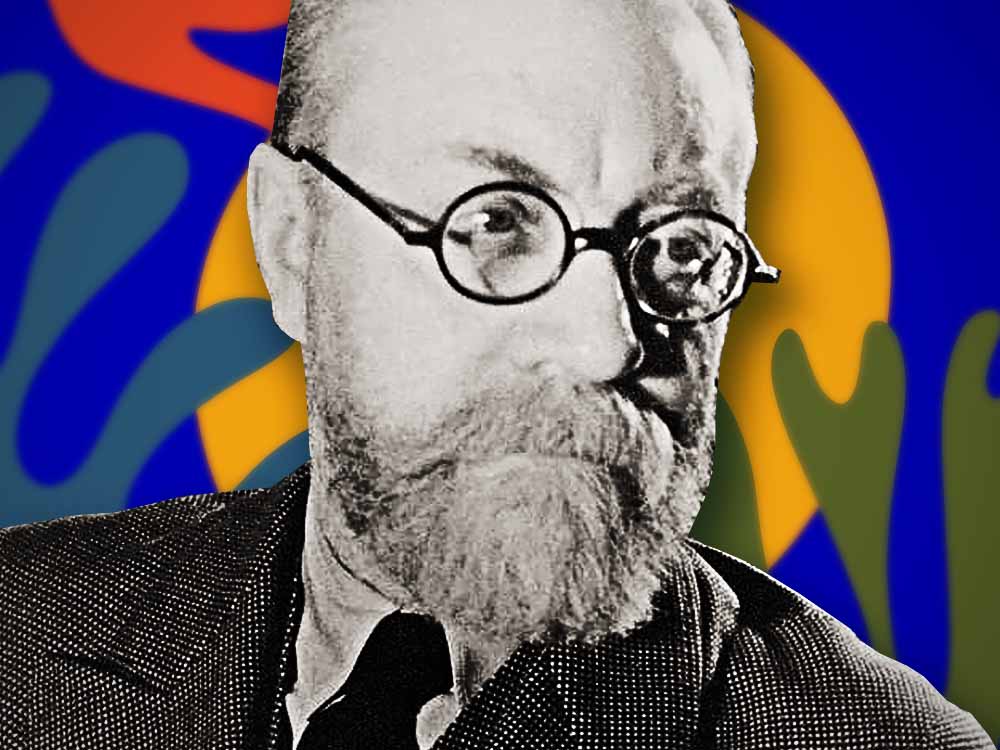
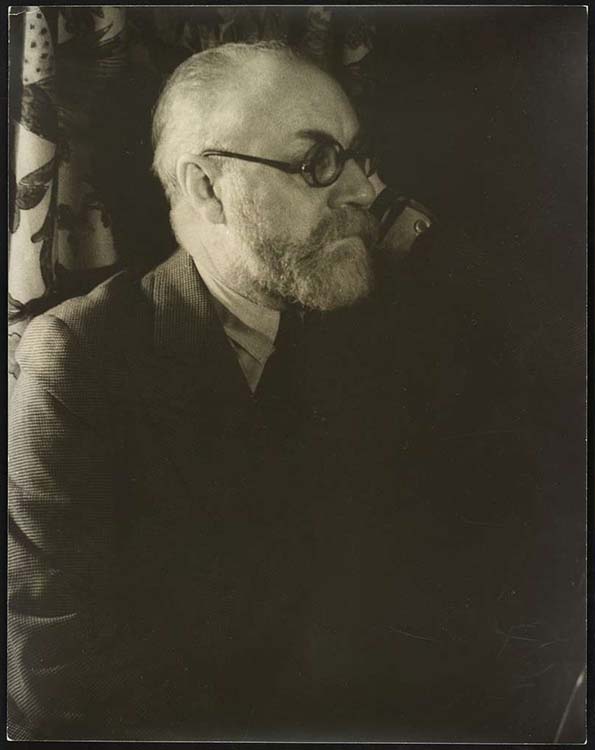
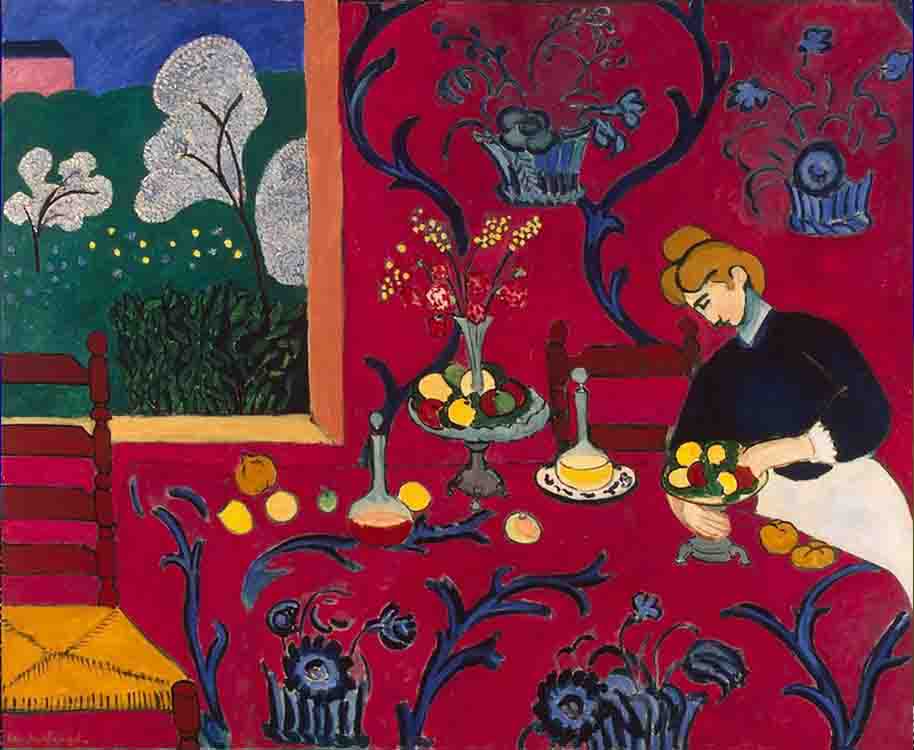
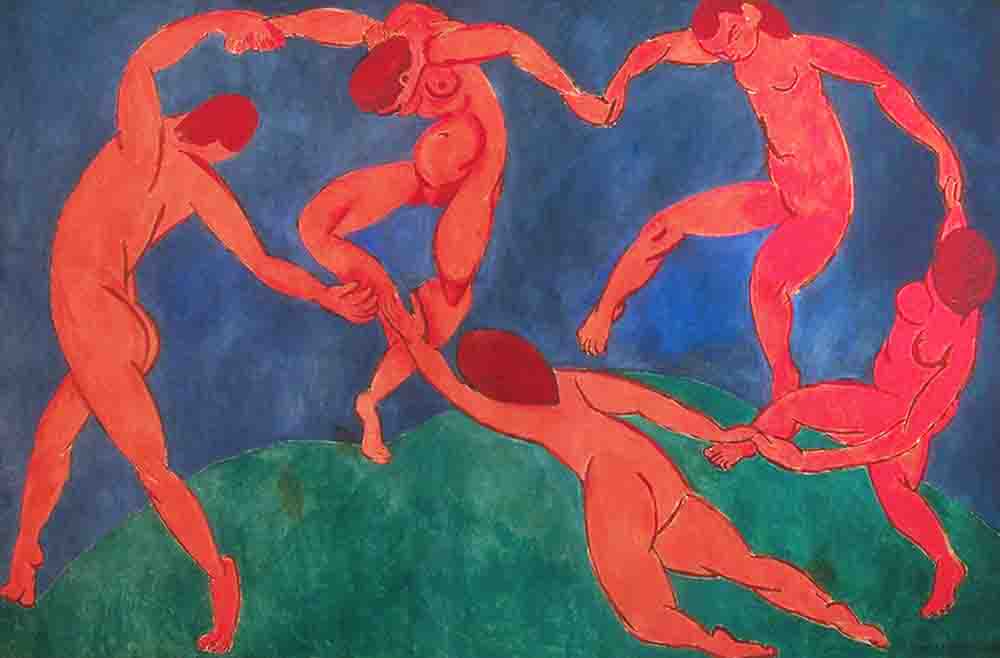
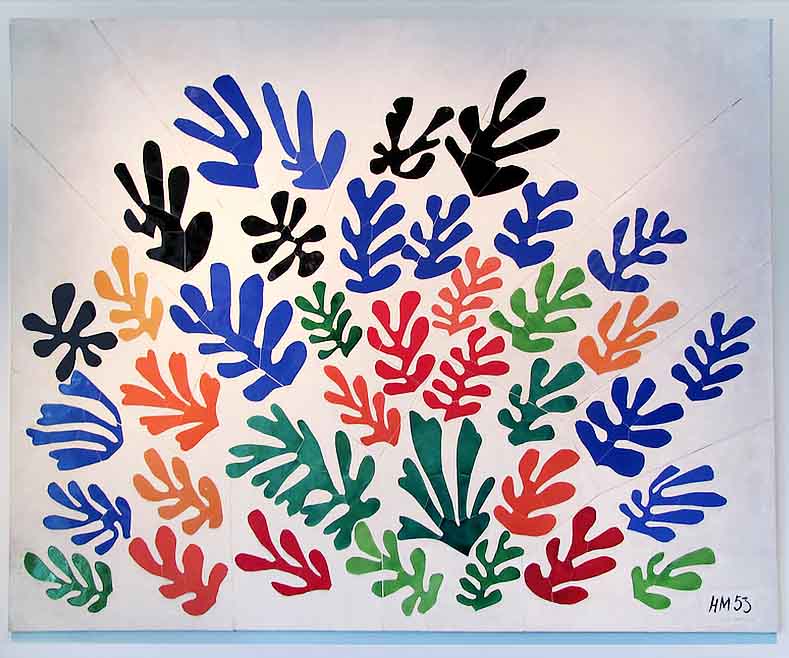


One Comment